Posts Tagged fertilizing
Late Summer Lawn Care: How to Keep Your Grass Green Through the Heat
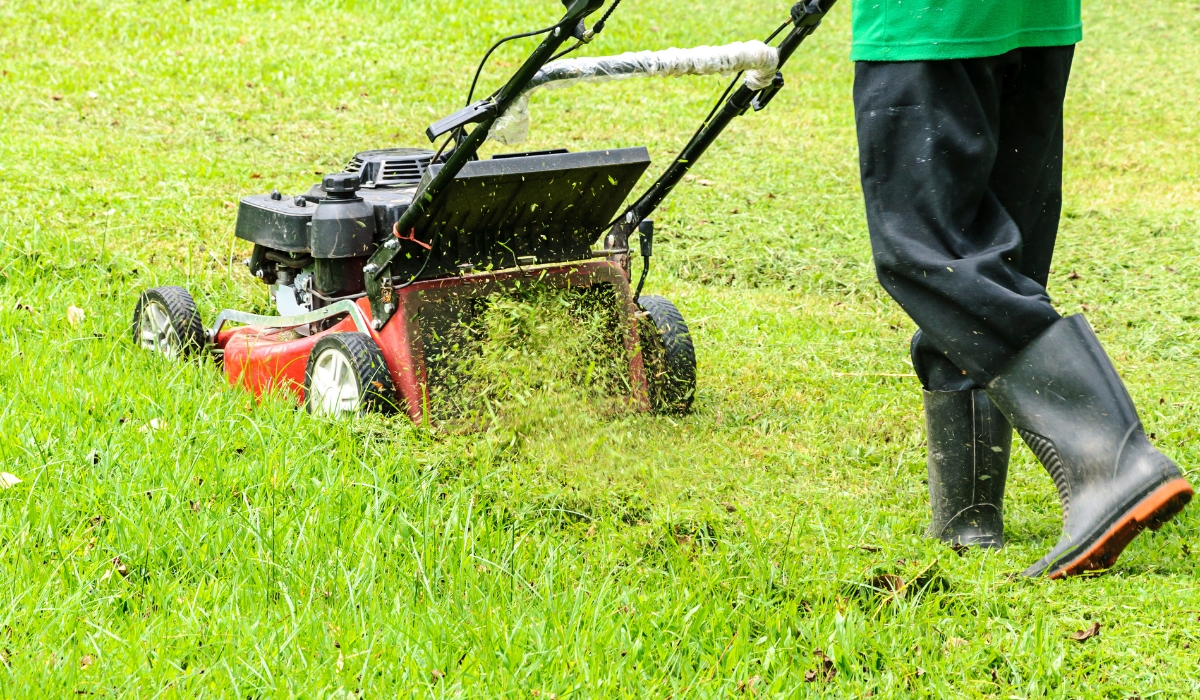
1. Water Deeply, Not Daily
2. Raise Your Mower Blade
3. Fertilize Lightly, If at All
4. Control Weeds and Monitor for Pests
5. Plan Ahead for Fall
Trust the Pros
July Gardening Calendar for California: Your Guide to a Flourishing Summer Garden
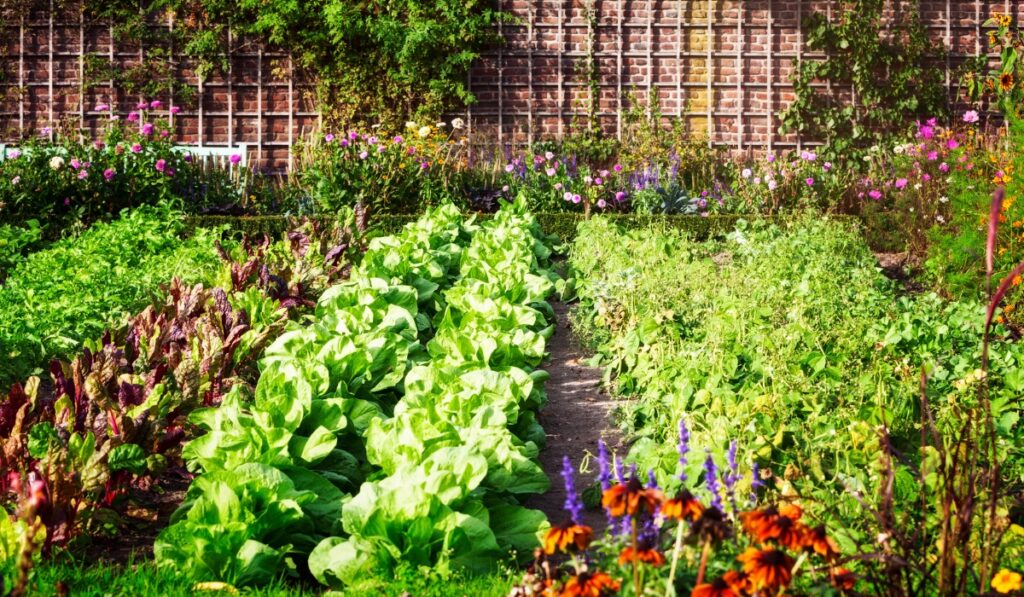
July in California brings long, warm days and abundant sunshine, making it a prime time for gardening activities. Whether you’re a seasoned pro or just starting out, this July gardening calendar will guide you through the best planting schedules and essential tasks to keep your landscape thriving. At DK Landscaping, we’re committed to helping you achieve a beautiful and productive garden all year round.
Planting Schedule for July
Despite the heat, July is still a great time to plant several vegetables, herbs, and flowers in California. Consider these options:
- Vegetables:
- Warm-season vegetables: Tomatoes, peppers, eggplant, cucumbers, squash, beans, okra, melons
- Leafy greens: Lettuce, spinach, Swiss chard (plant in partial shade to prevent bolting)
- Root vegetables: Carrots, beets, radishes
- Herbs:
- Basil, cilantro, dill, parsley, rosemary, thyme
- Flowers:
- Sun-loving annuals: Zinnias, sunflowers, cosmos, marigolds, petunias
- Heat-tolerant perennials: Salvia, lantana, verbena, yarrow
Essential Gardening Tasks for July
In addition to planting, July requires attention to other essential gardening tasks:
- Watering: With rising temperatures, watering becomes crucial. Water deeply and less frequently, ideally in the early morning or late evening to minimize evaporation. Consider using drip irrigation or soaker hoses for efficient water delivery.
- Weeding: Stay on top of weed control to prevent them from competing with your plants for water and nutrients. Mulching can help suppress weed growth.
- Deadheading: Regularly remove spent flowers to encourage continuous blooming and prevent plants from going to seed.
- Fertilizing: Feed your plants with a balanced fertilizer to support their growth and flowering during the summer months.
- Pest and Disease Control: Monitor your plants for signs of pests and diseases. Take prompt action to address any issues before they spread.
- Harvesting: Enjoy the fruits of your labor by harvesting ripe vegetables, herbs, and flowers regularly.
Additional Tips for July Gardening in California
- Protect from Heat: Provide shade for delicate plants during the hottest part of the day. Consider using shade cloth or strategically placing plants near larger trees or structures.
- Conserve Water: Implement water-wise gardening practices like collecting rainwater, using mulch, and grouping plants with similar water needs.
- Prepare for Fall: Start planning for your fall garden by ordering seeds and preparing planting areas.
DK Landscaping is Here to Help
If you need assistance with any of these July gardening tasks or want to create a beautiful and thriving landscape, DK Landscaping is ready to lend a hand. Our team of experts can provide personalized advice, design services, and professional installation and maintenance to ensure your garden flourishes throughout the summer and beyond.
Contact us today for a free consultation and let us help you make the most of your July gardening endeavors.
Remember, gardening is a journey of continuous learning and adaptation. By following this July gardening calendar and staying proactive with your gardening tasks, you’ll be well on your way to enjoying a bountiful and beautiful summer landscape.
Fall Lawn Care Tips
Many people have this false belief that as fall and winter approach, they need to spend less time on their lawn because grass grows more slowly in these months. The truth is, this is the time of year grass is busily absorbing energy, moisture, and nutrients in preparation for a long, dormant winter. Give your lawn the attention it deserves now, and you’ll be rewarded with a lush, healthy lawn in the springtime. DK Landscaping provides you with these simple tips:
1. Aerate: Aeration is important because it gives your lawn a chance to breath in autumn and provides room for new grass to spread. Aeration pulls up plugs of grass which help to loosen compacted soil. This improves water, nutrient and oxygen infiltration to reach your grass roots and gives seeds room to sprout.
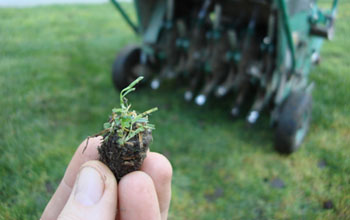
2. Fertilize: Fertilizing in the fall, before the first frost, helps your grass survive a harsh winter. It provides nutrients to reach roots for your grass to grow a stronger root system over the winter. This will result in a healthier and stronger lawn next spring. We recommend choosing a product high (10% to 15%) in phosphorous, which is critical for root growth.
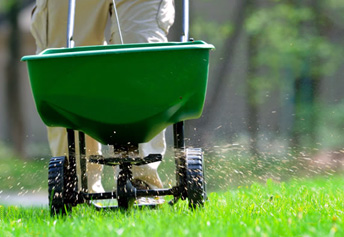
3. Weed Control: If broadleaf weeds like dandelions have taken over your lawn, now’s the time to fight back. Weeds are germinating like crazy in the fall, so make sure you apply a pre-emergent as soon as possible. The best time to apply a pre-emergent to combat winter weeds is in August or September.
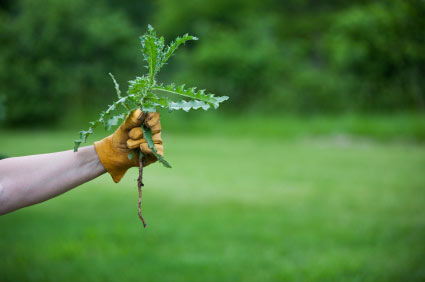
4. Rake: While those leaves can look pretty on the lawn, the leaves decay which negatively affects the grass. When there is a blanket of leaves on the lawn, sunlight cannot get through to the grass. Rake up the leaves at least once a week.
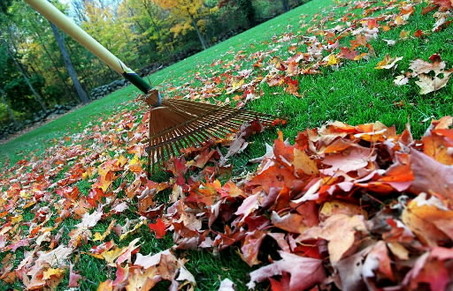
5. Mowing: Mowing your law is the single most important thing you can do to manage the vigor of your grass and its ability to compete against weeds. In the fall, the best results are obtained by mowing at the highest setting on your mower. In no case should the mowing leave the grass less than 1.5 inches (3.75 cm) tall. This will help insulate the grass during the winter.

Lastly, if you are not certain how to proceed or do not want to deal with the hassle, contact a professional lawn company in Sonoma County that provides year-round lawn care.
Got Curb Appeal?
First impressions are everything! The same concept holds true when speaking about your landscape. From a real estate perspective, a good first impression, aka “curb appeal” is about using your landscape to enhance the appearance of your home. Whether you want to boost your curb appeal, market the value of your home or simply want to transform your space to make your lawn & garden look pristine, DK Landscaping helps you come up with the inspiration for the look you desire and making your property the talk of the neighborhood:

Here are a few simple ways to enhance and maintain your landscape:
General maintenance: Mowing your lawn, pruning back trees/shrubs weeding, fertilizing, mulching, leaf and debris-free to watering will keep your yard looking beautiful and eye-catching throughout the entire growing season.
Visually inviting entryway: There are a lot of little things you can do to spruce up your front entryway including keeping it debris free. If you have an old, dull concrete stoop with cracks? Update to a beautiful stone stoop or porch.
Providing a focal point: Plantings, landscape lighting like lamp posts, and decorative pieces like a small water fountain are good ideas.
Colorscape: Adding a splash of vibrant annuals and perennials flowers and plants will make a big statement.
Landscaping lighting: A small yet impactful solution, outdoor accent lighting can not only enhance your yard aesthetically but also eliminate any dark, shadowy areas at night and prevent any safety hazards.
Updated driveway and/or walkway: If your driveway is old and outdated or starting to crack, updating it can have a big impact. There are pavers that imitate any stone for driveway landscaping—brick, travertine, limestone, etc. Same goes for any walkway in your yard. A new stone or paver walkway is a great front landscaping idea.
Stairways: Like retaining walls, stairs are ideal for hilly yards. Adding a staircase walkway to your sloped yard is a great way to add curb appeal—and give your visitors easier access to your door.
It is pretty easy to do many of these things yourself, but perhaps your front yard is devoid of plants and eye-catching features. You may consider planting a tree as a focal point, installing a trickling fountain, or even building a patio. In addition to these memorable details, it is important to use color to attract and focus attention on positive attributes of the landscape. This not only requires planning, but you may need a landscaping company to see some of these designs through.
Having good curb appeal makes selling your house easier, as potential buyers are looking for an aesthetically pleasing home. But don’t brush off having curb appeal even if you are not putting your house on the market. An attractive landscape design is always important!





